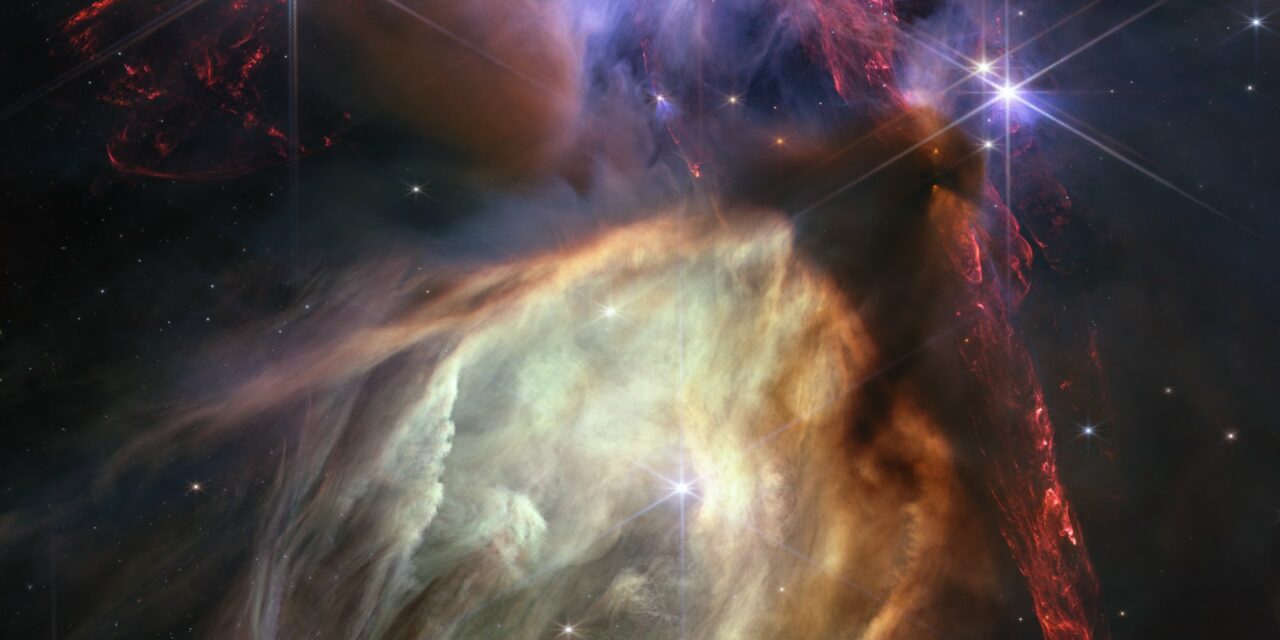Written by MARCIA DUNN
The Webb Space Telescope is marking one year of cosmic photographs with one of its best yet: the dramatic close-up of dozens of stars at the moment of birth.
NASA unveiled the latest snapshot Wednesday, revealing 50 baby stars in a cloud complex 390 light-years away. The region is relatively small and quiet yet full of illuminated gases, jets of hydrogen and even dense cocoons of dust with the delicate beginnings of even more stars.
“Prepare to be awestruck!” NASA Administrator Bill Nelson tweeted, noting that the image “presents star birth as an impressionistic masterpiece.”
All of the young stars appear to be no bigger than our sun. Scientists said the breathtaking shot provides the best clarity yet of this brief phase of a star’s life.
“It’s like a glimpse of what our own system would have looked like billions of years ago when it was forming,” NASA program scientist Eric Smith told The Associated Press.
“I like to remind people that when this light left, it was roughly 1633. … People were putting Galileo on trial for believing that the Earth goes around the sun, and here we are seeing separate suns and planets forming today,” Smith said.
This cloud complex, known as Rho Ophiuchi, is the closest-star forming region to Earth and is found in the sky near the border of the constellations Ophiuchus and Scorpius, the serpent-bearer and scorpion. With no stars in the foreground of the photo, NASA noted, the details stand out all the more. Some of the stars display shadows indicating possible planets in the making, according to NASA.
Webb — the largest and most powerful astronomical observatory ever launched into space — has been churning out cosmic beauty shots for the past year. The first pictures from the $10 billion infrared telescope were unveiled last July, six months after its liftoff from French Guiana.
It’s considered the successor to the Hubble Space Telescope, orbiting Earth for 33 years. A joint NASA-European Space Agency effort, Webb scans the universe from a more distant perch, 1 million miles (1.6 million kilometers) away.
Still ahead for Webb: Astronomers hope to behold the earliest stars and galaxies of the universe while scouring the cosmos for any hints of life.
“We’ve already been using Webb to look at planets around other stars to see if we can analyze their atmospheres to see if they would be capable of hosting life,” Smith said. “We haven’t found one of them yet, but we’re still only one year into the mission.”
Related Stories
‹
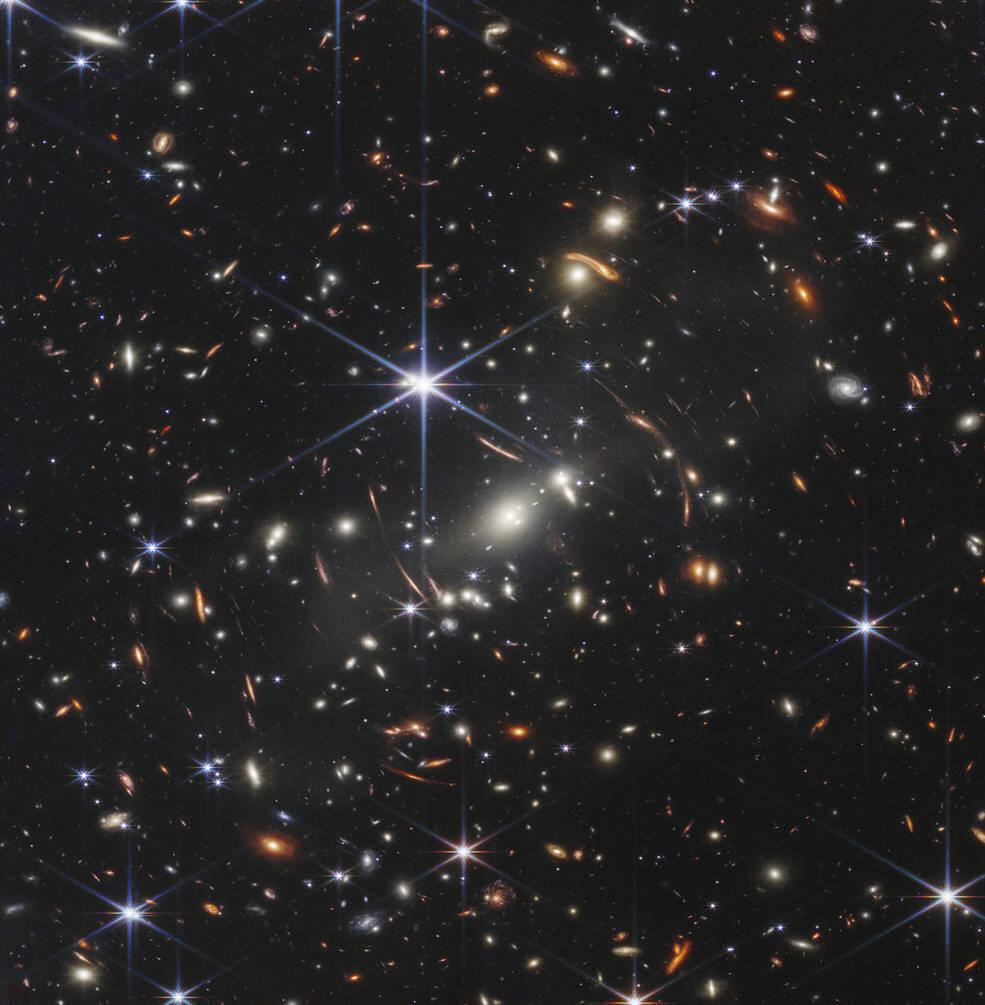
Far Out: NASA Space Telescope’s 1st Cosmic View Goes DeepWritten by SETH BORENSTEIN Our view of the universe just expanded: The first image from NASA’s new space telescope unveiled Monday is brimming with galaxies and offers the deepest look of the cosmos ever captured. The first image from the $10 billion James Webb Space Telescope is the farthest humanity has ever seen in both […]
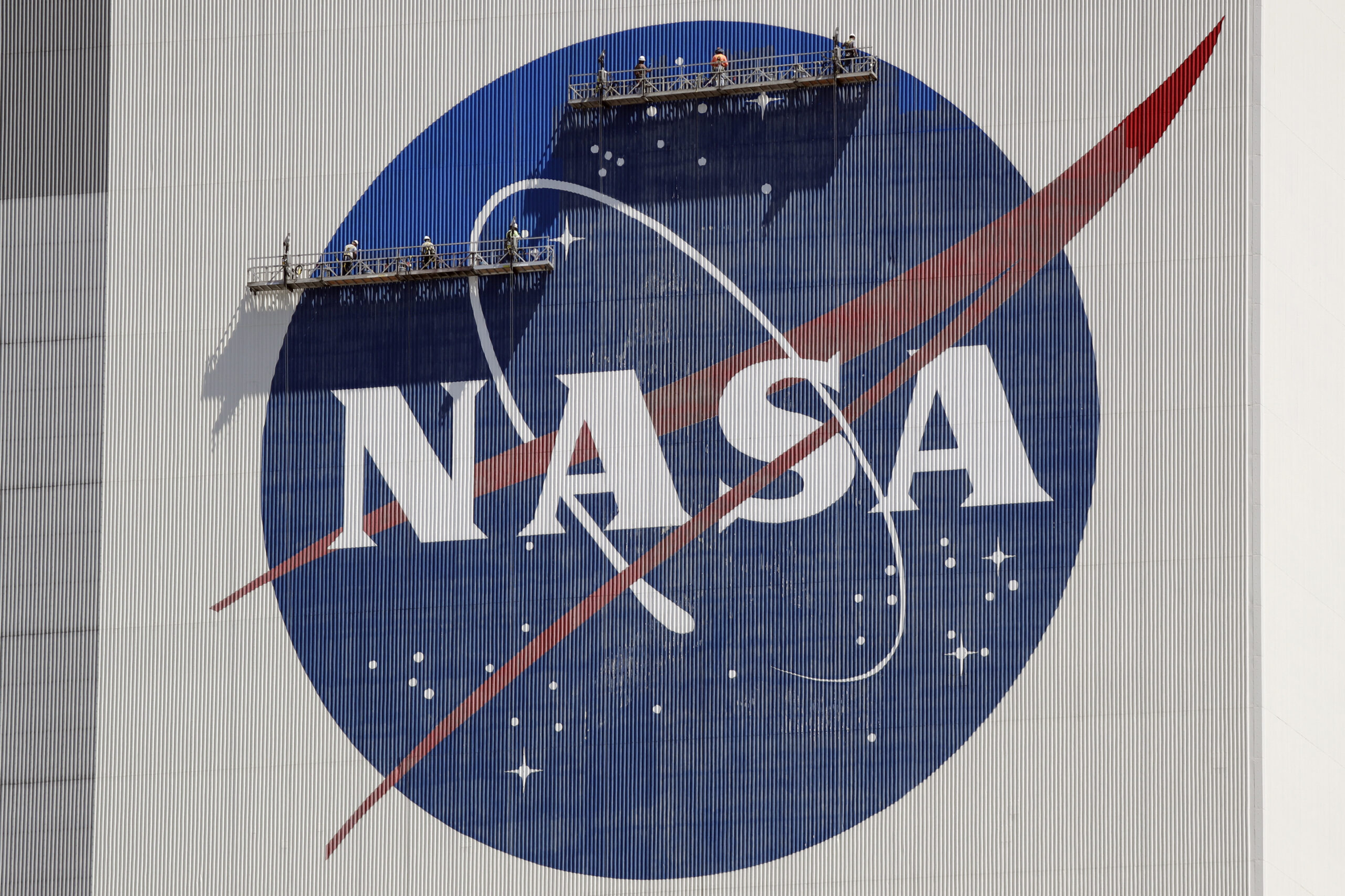
NASA Releases UFO Report and Says More Science and Less Stigma Are Needed To Understand ThemWritten by MARCIA DUNN NASA said Thursday that the study of UFOs will require new scientific techniques, including advanced satellites as well as a shift in how unidentified flying objects are perceived. The space agency released the findings after a yearlong study into UFOs. In its 33-page report, an independent team commissioned by NASA cautioned that the negative […]

Astronauts Answer CHCCS Students Questions From Space to Help Promote STEMSome Chapel Hill-Carrboro City Schools students taped questions and heard live responses from the International Space Station on Wednesday.
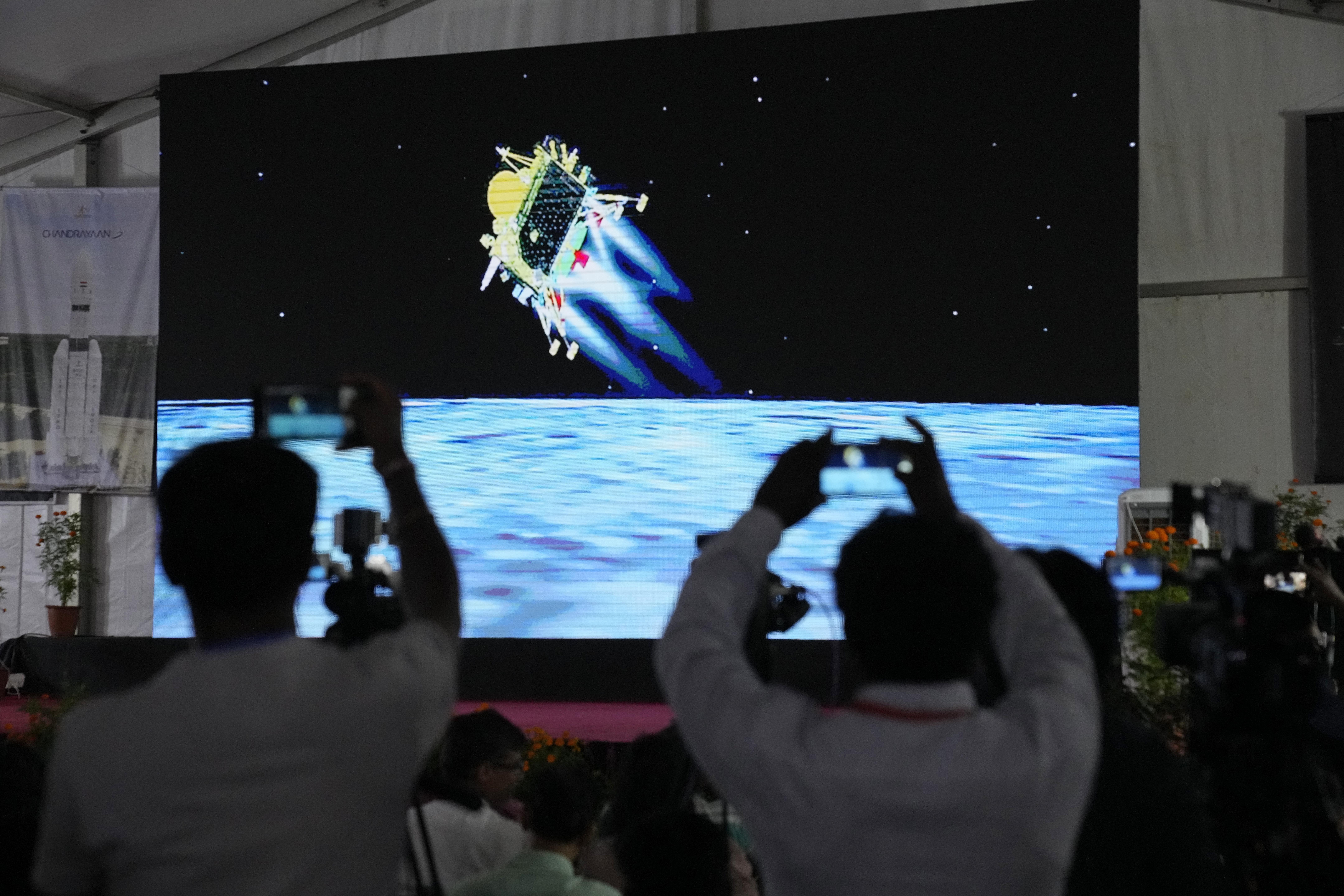
India Lands a Spacecraft Near the Moon’s South Pole, a First for the World as It Joins Elite ClubWritten by ASHOK SHARMA and KRUTIKA PATHI India on Wednesday made history as it became the first country in the world to land its spacecraft near the moon’s south pole, an uncharted territory that scientists believe could hold vital reserves of frozen water, and the fourth country to achieve a moon landing. A lander with […]
![]()
Bam! NASA Spacecraft Crashes Into Asteroid in Defense TestWritten by MARCIA DUNN A NASA spacecraft rammed an asteroid at blistering speed Monday in an unprecedented dress rehearsal for the day a killer rock menaces Earth. The galactic slam occurred at a harmless asteroid 7 million miles away, with the spacecraft named Dart plowing into the space rock at 14,000 mph. Scientists expected the […]
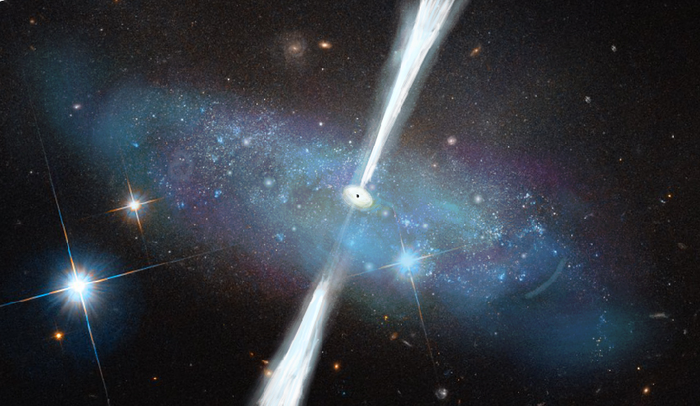
UNC Team Shares 'Game-Changer' Research on Black Holes, Dwarf GalaxiesEditor’s Note: This article has been updated to better reflect the research completed by the Kannappan team, including the timeline of their methodology’s testing and prevalence of black holes in dwarf galaxies. Last week, people around the world were enamored by the first photos from the James Webb Space Telescope, which showed the […]
![]()
China Launches Main Part of Its 1st Permanent Space StationWritten by SAM McNEIL China on Thursday launched the main module of its first permanent space station that will host astronauts long term, the latest success for a program that has realized a number of its growing ambitions in recent years. The Tianhe, or “Heavenly Harmony,” module blasted into space atop a Long March 5B rocket […]
![]()
NASA Launches Mars Rover to Look for Signs of Ancient LifeThe biggest, most sophisticated Mars rover ever built — a car-size vehicle bristling with cameras, microphones, drills and lasers — blasted off Thursday as part of an ambitious, long-range project to bring the first Martian rock samples back to Earth to be analyzed for evidence of ancient life. NASA’s Perseverance rode a mighty Atlas V […]
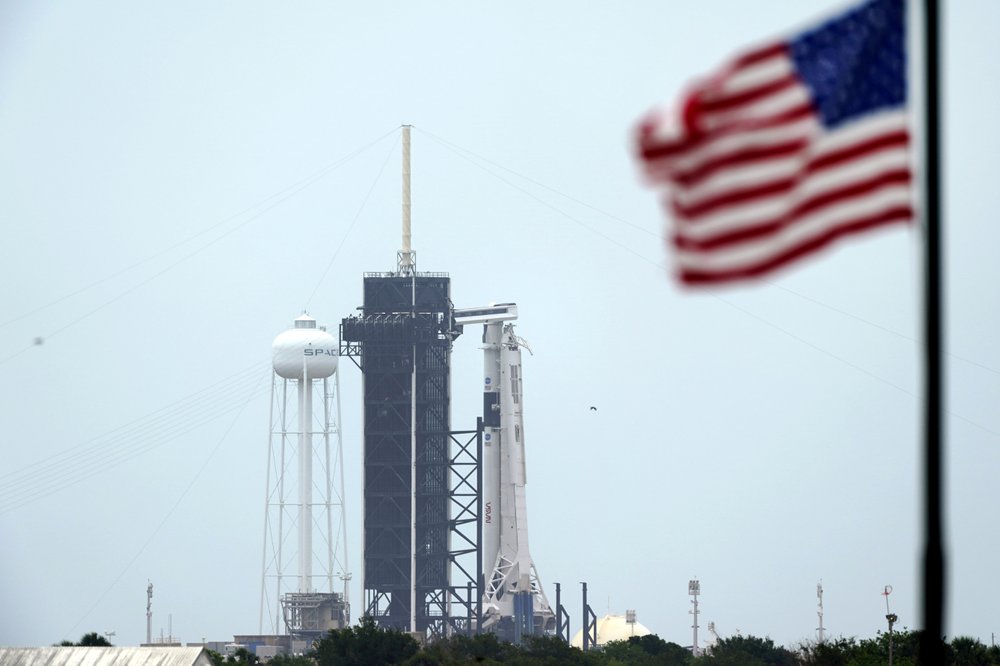
SpaceX on Cusp of Launching Astronauts, Back on Home TurfSpaceX was on the cusp of launching NASA astronauts into orbit Wednesday, a first for a private company and a giant leap forward for the booming business of space travel. The planned afternoon liftoff to the International Space Station will be the first of Americans from the U.S. in nearly a decade. Riding aboard the […]
![]()
NASA Astronauts Go Back to the Future With Capsule LaunchIt’s back to the future as NASA astronauts launch again from the U.S. — aboard a retro-style “Right Stuff” capsule. Make no mistake: This is not your father’s — or grandfather’s — capsule. SpaceX’s Dragon crew capsule outshines NASA’s old Apollo spacecraft in virtually every way. The Dragon’s clean lines and minimalist interior, with touchscreens instead of a […]
›

